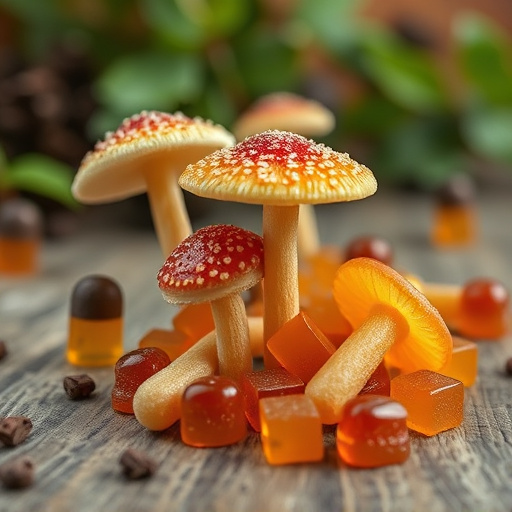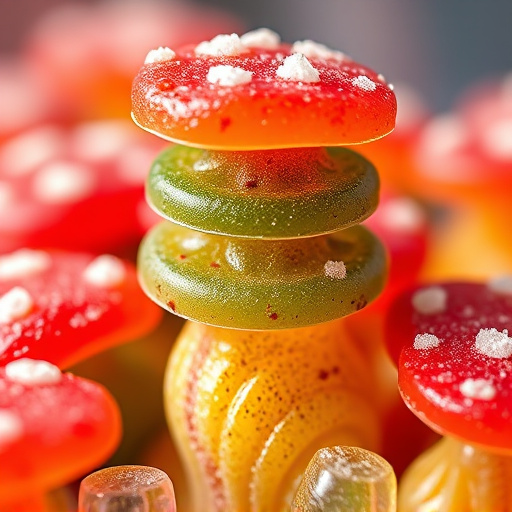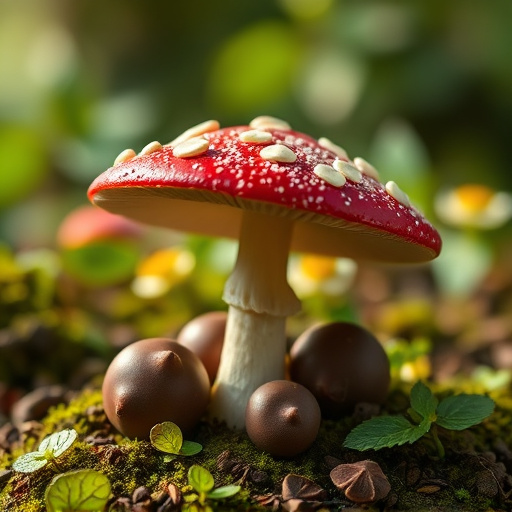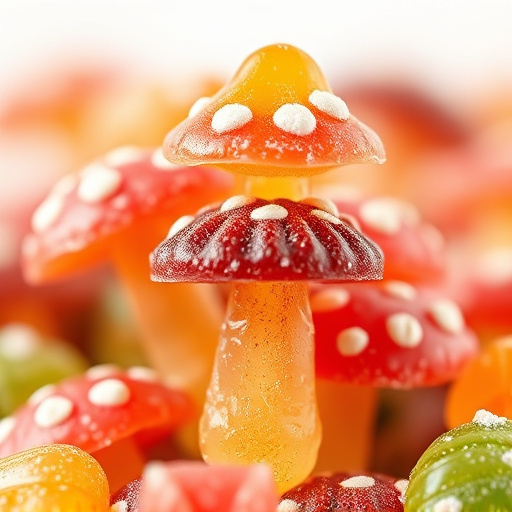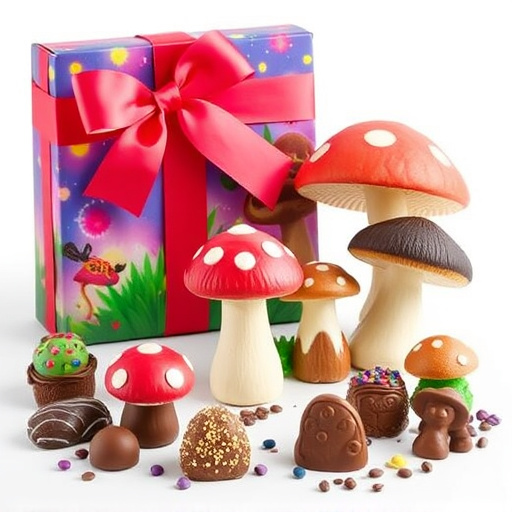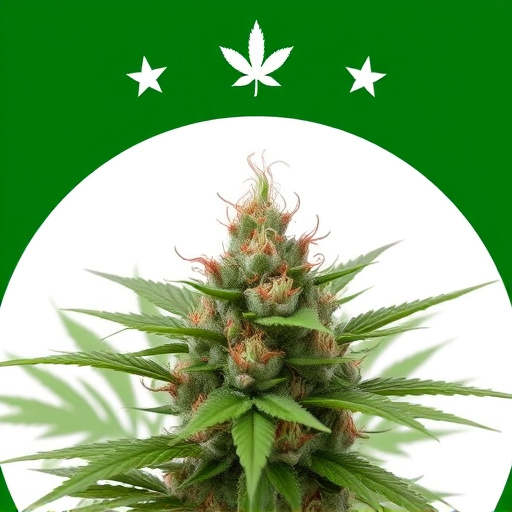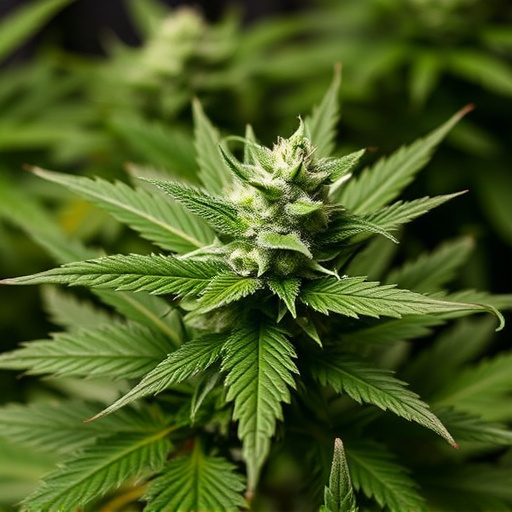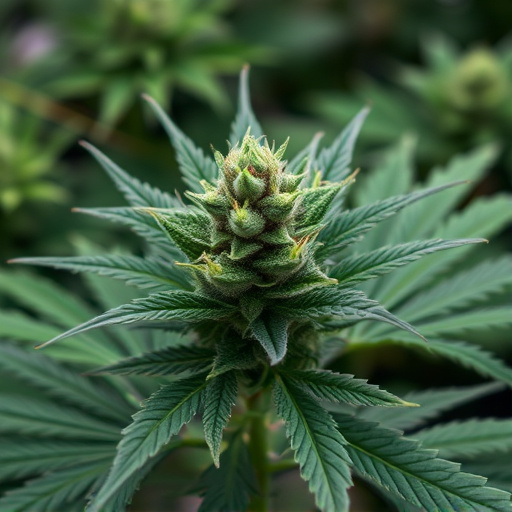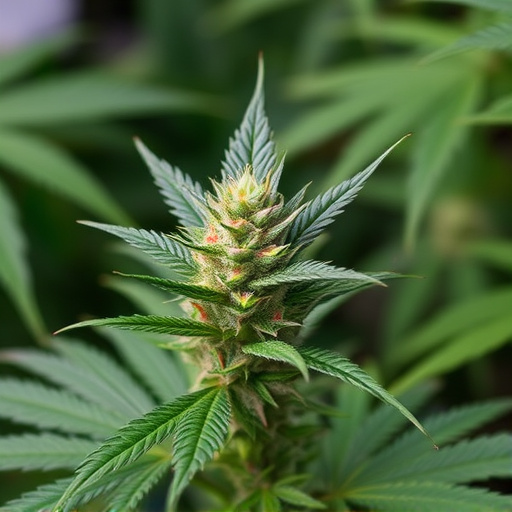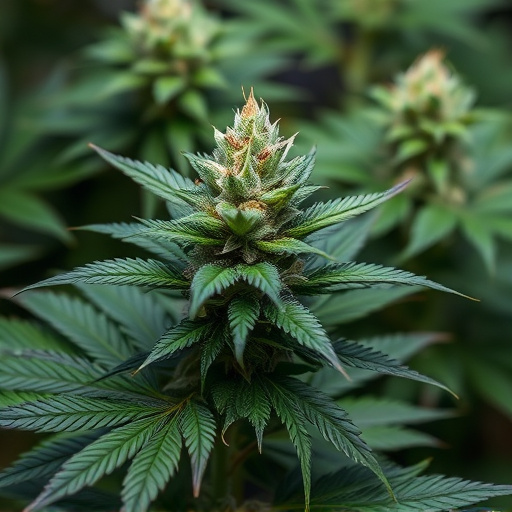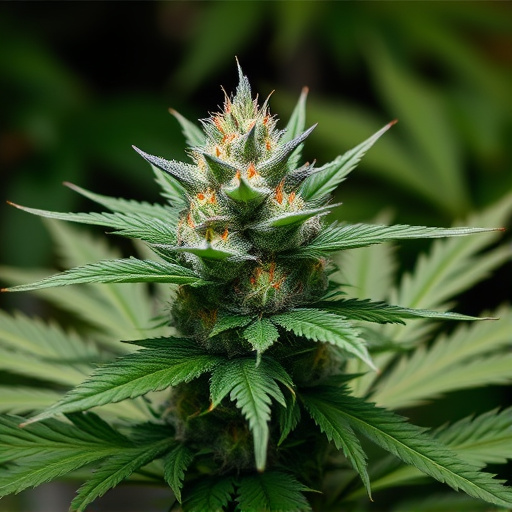Recognizing spoilage in cannabis flowers is crucial for maintaining potency, especially in strains used for medicinal purposes like PTSD treatment. Key indicators include unpleasant odors, visible changes, and texture alterations. Cannabinoids and terpenes, responsible for cannabis's therapeutic effects, degrade over time, reducing effectiveness. Proper storage conditions, such as controlled temperature, humidity, light, and air circulation, significantly slow down degradation. Storing cannabis flowers in airtight containers or vacuum-sealed bags at 20-25°C, dark, and 40-50% humidity protects against moisture and oxygen, preserving therapeutic compounds for consistent PTSD relief over time.
Is your cannabis flower going bad, turning into a mere shadow of its potent self? Recognize spoilage signs early to avoid wasting valuable medicine. This guide breaks down the science behind cannabis decomposition and offers practical storage tips to preserve potency and efficacy, especially for those using cannabis strains for PTSD relief. Learn how to ensure your supply remains fresh and effective.
- Recognizing Signs of Spoilage
- Understanding Cannabis Decomposition
- Preventing Degradation and Storage Tips
Recognizing Signs of Spoilage

When it comes to cannabis flowers, recognizing signs of spoilage is crucial for ensuring you’re using high-quality, potent strains effectively, especially for medicinal purposes like treating PTSD. One of the most obvious indicators is an unpleasant odor or taste. If your cannabis has gone bad, it may emit a foul, skunky scent or develop a bitter, stale flavor. This is often accompanied by visible changes in appearance; look for wilting, brown leaves, or mold growth, especially if the product is stored improperly.
Texture also plays a significant role. Fresh cannabis should feel sticky and have a certain weight to it. As it degrades, it can become dry, brittle, and lose its consistent texture. Additionally, over time, cannabinoids and terpenes—the compounds responsible for cannabis’s unique effects and aromas—can degrade, reducing the overall potency of your chosen strain. For those using cannabis for PTSD, this loss of effectiveness could impact treatment outcomes, so staying vigilant about spoilage is essential.
Understanding Cannabis Decomposition
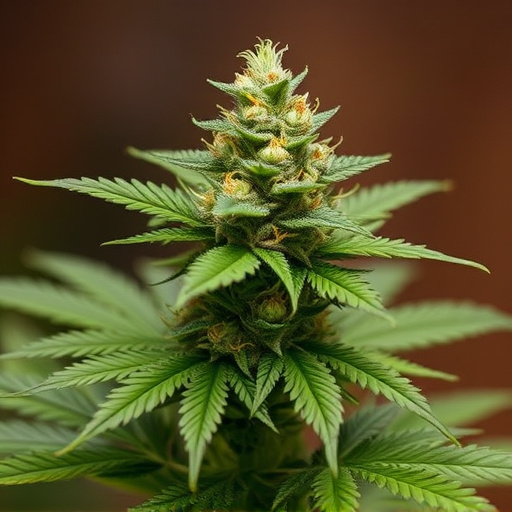
Cannabis, like any organic material, undergoes decomposition over time, and understanding this process is crucial for ensuring the quality and potency of your cannabis strains for PTSD or other medical uses. When cannabis flowers age, they naturally break down, starting with the delicate trichomes that cover each bud. Trichomes are responsible for producing many of the cannabinoids and terpenes that give cannabis its unique effects and therapeutic benefits. As they degrade, these compounds evaporate, leading to a loss of potency.
The rate of decomposition varies depending on storage conditions. Improper storage can accelerate the process, causing cannabis to go bad faster. Factors like temperature, humidity, light exposure, and air circulation play significant roles in preserving cannabis flowers. Properly stored cannabis can maintain its quality for several weeks or even months, ensuring that those seeking relief from PTSD or other conditions have access to effective treatment options.
Preventing Degradation and Storage Tips
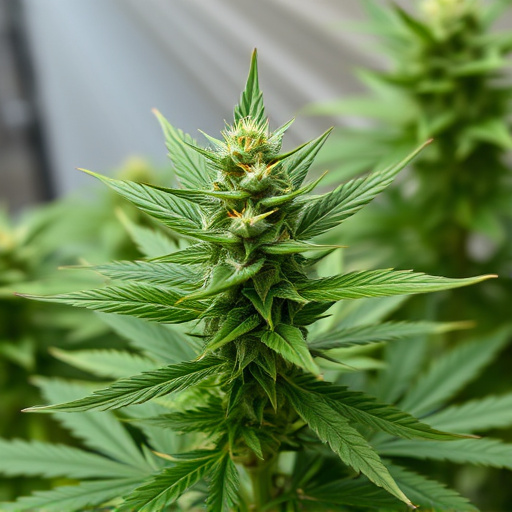
To prevent cannabis flowers from going bad, proper storage is key. Keep them in an airtight container or vacuum-sealed bag to protect against moisture and oxygen, both of which can speed up degradation. Store your cannabis in a cool, dark place; ideal conditions are around 20-25°C (68-77°F) with 40-50% humidity. Avoid exposing them to direct sunlight or extreme temperatures as these can damage the compounds responsible for their therapeutic effects, especially in cannabis strains for PTSD that rely on specific chemical profiles to provide relief.
Additionally, consider the age of your cannabis. While it can last up to a year under ideal conditions, fresh cannabis is generally better for potency and effect. Check for any signs of mold or mildew, which indicate poor storage and potential contamination. If stored properly, cannabis flowers can maintain their quality and potency for longer periods, ensuring you have access to effective relief whenever needed, especially for conditions like PTSD where consistency in dosage and effect can be crucial.
When it comes to using cannabis strains for PTSD relief, ensuring your flowers remain fresh is paramount. By understanding the signs of spoilage and implementing effective storage techniques, you can maintain the potency and effectiveness of your medicine. Recognizing the process of decomposition and taking proactive measures will help you make informed decisions about your cannabis consumption, ensuring a positive impact on managing symptoms associated with PTSD.

